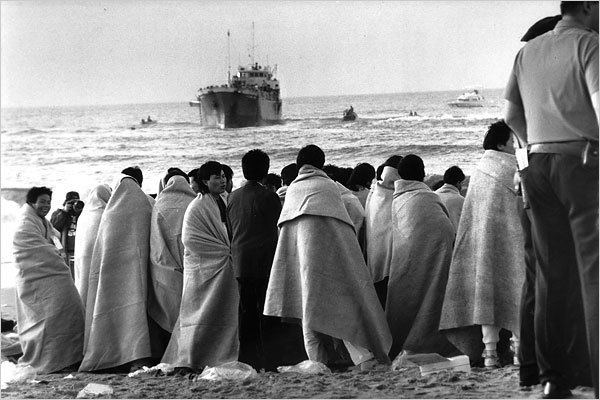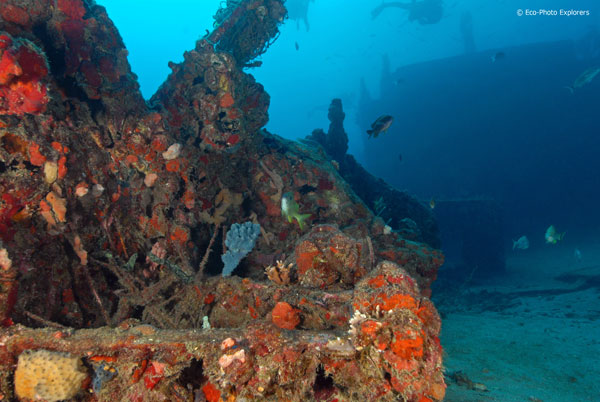
The process of seeking asylum began immediately for the passengers of the Golden Venture after their imprisonment. Many had inadequate legal counsel and no documents with them, and therefore little luck in their asylum hearings. 12 of them were offered asylum by a number South American countries.
The process would last several years. In 1995, four passengers asylum-seekers were successful in their cases. In 1996, 50 finally gave up and were sent back to China, where many of them were reportedly beaten and forced into hard labor.
The prisoners had little to keep themselves occupied after their initial capture, and so they began to make art out of scrap paper. In 1994, as a brief break from the arduous process and stress, the passengers of the Golden Venture held an art exhibition. Many pieces were sold and the proceeds were put toward legal fees.

A few more of the passengers were successful and granted asylum — one actually got it only because of his artistic talent — but the vast majority failed. President Clinton paroled all the remaining detainees, but did not grant them asylum. Many cases are still pending even today, almost three decades after the fact, with many many of the passengers still living as stateless people, not residents of the US and unable to return to China.

As for the physical remains of the ship: it was initially confiscated by the American government, before being sold in an auction and used as a cargo ship for a brief period. After this, the ship was sold to Palm Beach County in Florida for $60,000 in 2000 and repurposed as an artificial reef. The result is eerily beautiful.


